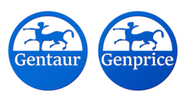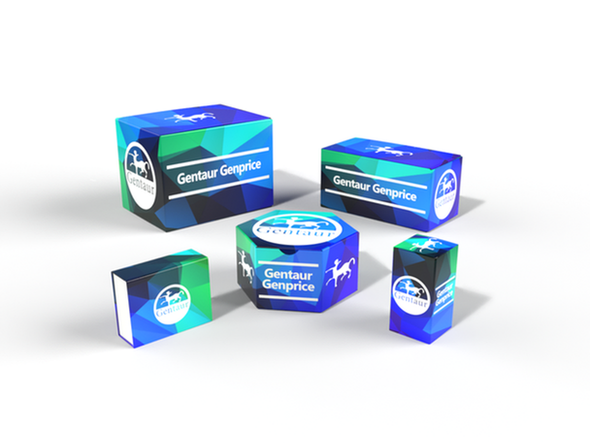Description
IGF2BP1 Antibody | 55-194 | Gentaur UK, US & Europe Distribution
Host: Rabbit
Reactivity: Human, Mouse
Homology: Predicted species reactivity based on immunogen sequence: Rat, Zebrafish, Chicken, Xenopus
Immunogen: This IGF2BP1 antibody is generated from rabbits immunized with a KLH conjugated synthetic peptide between 508-534 amino acids from the C-terminal region of human IGF2BP1.
Research Area: Other
Tested Application: WB, IHC-P, Flow
Application: For FACS starting dilution is: 1:25
For WB starting dilution is: 1:2000
Specificiy: N/A
Positive Control 1: N/A
Positive Control 2: N/A
Positive Control 3: N/A
Positive Control 4: N/A
Positive Control 5: N/A
Positive Control 6: N/A
Molecular Weight: 63 kDa
Validation: N/A
Isoform: N/A
Purification: This antibody is purified through a protein A column, followed by peptide affinity purification.
Clonality: Polyclonal
Clone: N/A
Isotype: Rabbit Ig
Conjugate: Unconjugated
Physical State: Liquid
Buffer: Supplied in PBS with 0.09% (W/V) sodium azide.
Concentration: batch dependent
Storage Condition: Store at 4˚C for three months and -20˚C, stable for up to one year. As with all antibodies care should be taken to avoid repeated freeze thaw cycles. Antibodies should not be exposed to prolonged high temperatures.
Alternate Name: Insulin-like growth factor 2 mRNA-binding protein 1, IGF2 mRNA-binding protein 1, IMP-1, IMP1, Coding region determinant-binding protein, CRD-BP, IGF-II mRNA-binding protein 1, VICKZ family member 1, Zipcode-binding protein 1, ZBP-1, IGF2BP1, CRDBP, VICKZ1, ZBP1
User Note: Optimal dilutions for each application to be determined by the researcher.
BACKGROUND: IGF2BP1 is a member of the insulin-like growth factor 2 mRNA-binding protein family. The protein encoded by this gene contains four K homology domains and two RNA recognition motifs. It functions by binding to the mRNAs of certain genes, including insulin-like growth factor 2, beta-actin and beta-transducin repeat-containing protein, and regulating their translation. Two transcript variants encoding different isoforms have been found for this gene.










